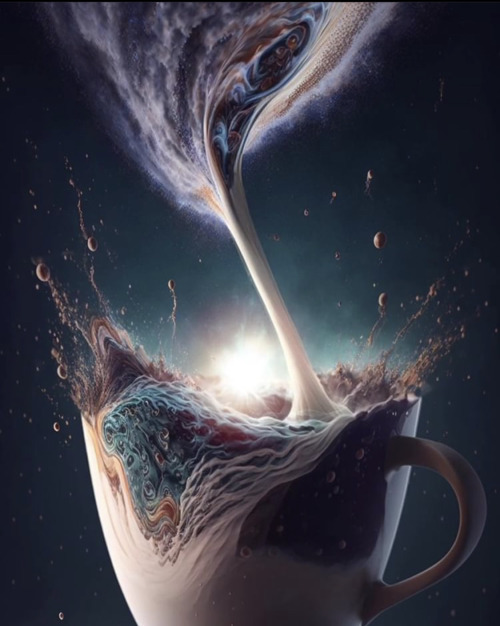
She was simple as quantum physics | https://linktr.ee/stemwithjooricanka
152 posts
The Clearest Image Of Mars Ever Taken. NASA.

The clearest image of Mars ever taken. NASA.
-
 bjgufydt liked this · 1 year ago
bjgufydt liked this · 1 year ago -
 ten-racoons-in-a-trench-coat liked this · 1 year ago
ten-racoons-in-a-trench-coat liked this · 1 year ago -
 pickory-blog-blog liked this · 1 year ago
pickory-blog-blog liked this · 1 year ago -
 sunnycosmology liked this · 1 year ago
sunnycosmology liked this · 1 year ago
More Posts from Stemwithjooricanka

And that is the moment when you realise that you need an GoFundMe account to be able to get one

Who is for a Milky Way coffee?

How do you describe how far apart something is in the sky? The handiest measuring stick for the sky’s dome is the one on the end of your arm. You can use the width of your pinky, fist and more to gauge the distance between sky objects. That comes in handy when you’re observing conjunctions between planets, or stars near the moon, plus many other space objects. You’ll often find these objects described as being a certain number of degrees, arcminutes or arcseconds apart.

The James Webb Space Telescope has just completed a successful first year of science. Let’s celebrate by seeing the birth of Sun-like stars in this brand-new image from the Webb telescope!
This is a small star-forming region in the Rho Ophiuchi cloud complex. At 390 light-years away, it's the closest star-forming region to Earth. There are around 50 young stars here, all of them similar in mass to the Sun, or smaller. The darkest areas are the densest, where thick dust cocoons still-forming protostars. Huge red bipolar jets of molecular hydrogen dominate the image, appearing horizontally across the upper third and vertically on the right. These occur when a star first bursts through its natal envelope of cosmic dust, shooting out a pair of opposing jets into space like a newborn first stretching her arms out into the world. In contrast, the star S1 has carved out a glowing cave of dust in the lower half of the image. It is the only star in the image that is significantly more massive than the Sun.
Thanks to Webb’s sensitive instruments, we get to witness moments like this at the beginning of a star’s life. One year in, Webb’s science mission is only just getting started. The second year of observations has already been selected, with plans to build on an exciting first year that exceeded expectations. Here’s to many more years of scientific discovery with Webb.
Make sure to follow us on Tumblr for your regular dose of space!
Credits: NASA, ESA, CSA, STScI, Klaus Pontoppidan (STScI)
